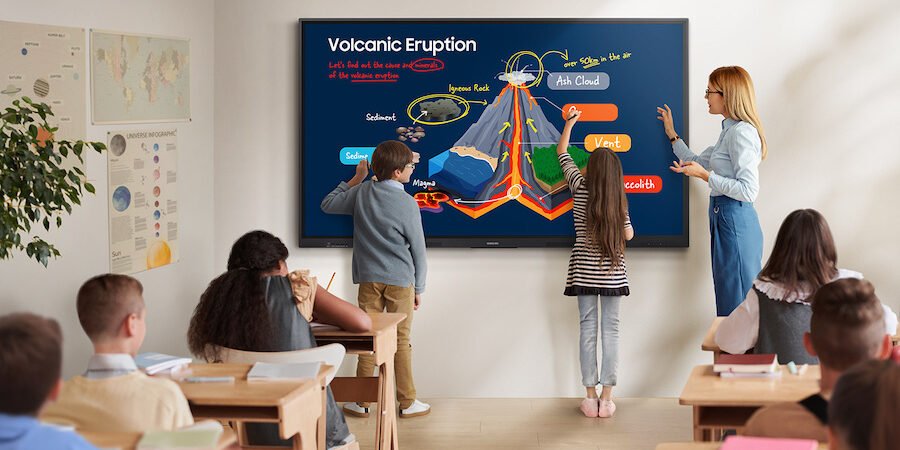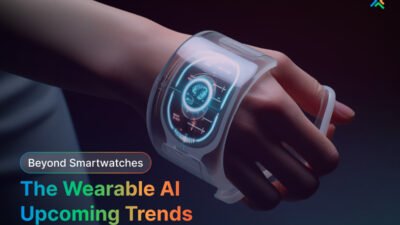Introduction
The Online learning sector is experiencing a massive digital transformation, and 5G Internets can be considered to be one of the largest propellants of this transformation. Online learning has become extremely popular already because it is flexible, accessible, and cheap.
Traditional internet networks however, have shortcomings that are characterized by low speed, latency and connection problems. Here 5G Internet as a technology revolution comes in. Faster speed, real-time interaction and more stability.
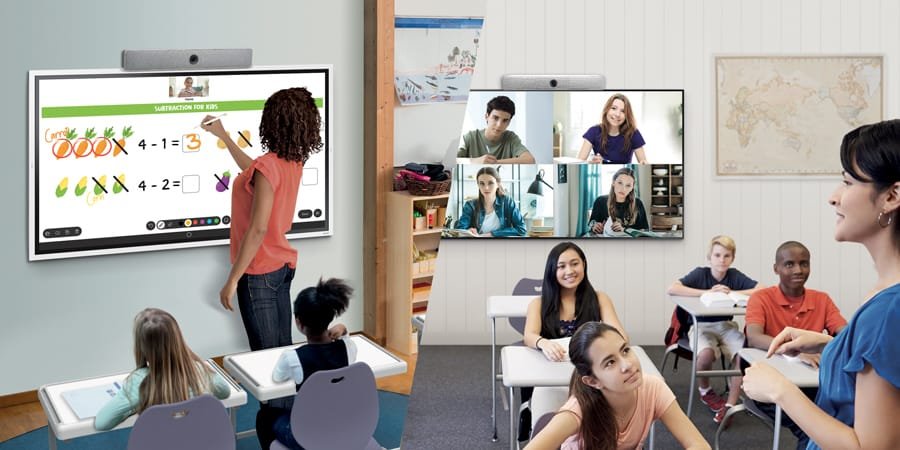
What is unique About 5G?
The only way to comprehend the effects of 5Genternet on online learning is to decipher its differences with the past generations. In comparison to 4G, 5G offers ultra-fast speeds of, potentially, 100 times higher, practically zero latency and connects more devices at a time to a network.
In terms of education, you have your smooth streaming videos, faster downloading of large files and smooth functioning of the virtual classroom. The listed improvements have a direct positive effect on online studies, making education more efficient and interesting.
Better Video Learning Experiences
Video-based learning in online learning takes up significant space in the online learning process. The 5G Internet enables students to watch videos without buffering side effects in large qualities.
Video conferencing tools become more reliable and educators are more likely to demonstrate complicated concepts along with a demonstration. This guarantees students the assurance of uninterrupted learning and efficient delivery that has been the problem before due to bad connectivity.
Laboratories and Virtual Classrooms
Among the most innovative effects of the 5G Internet, there is the creation of the fully interactive virtual classrooms. With the help of group discussions that can be held by the students, they are able to ask questions in real time and can even work on projects together without interruptions.
Classroom group work and brainstorming or other forms of learning platforms are enhanced with the 5G Internet, so online learning is not a one-sided relaxing task but a dynamic and entertaining process.
Availability of High Technology
It is also simpler to integrate the emerging technologies when teaching and learning with the help of 5G Internet. Virtual Reality (VR) and Augmented Reality (AR) are currently finding more adoption in the online learning platforms to offer immersive experiences.
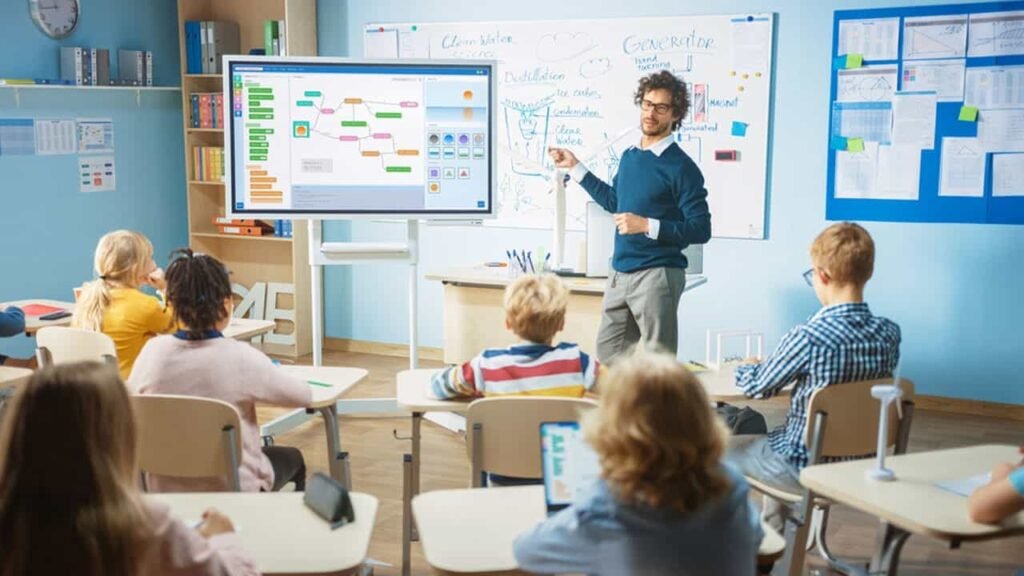
As an example, medical students might be allowed to perform surgeries in virtual space, and the history students might be provided with opportunities to have virtual tours of ancient societies. These are the rides that need great bandwidth and a low latency that is easily provided by 5G Internet.
Increasing Access in the World
Among the most prominent advantages of 5G Internets is its ability to reach the wider audience globally through the use of online learning. Poor connectivity in most rural and remote regions has been a challenge where students cannot access digital learning.
Due to the wider coverage and connectivity power of 5G these communities are now able to receive the same level of education as an urban location. This serves to diminish educational disparity and makes sure that students of any background get equal chances of learning.
Personalization Adaptive Learning
Artificial intelligence is another focus area in online learning platforms that can provide personalized education content relative to the speed and learning style of a student. Nevertheless, those more modern platforms need a reliable and rapid internet connection.
Adaptive learning systems will be also able to operate with 5G Internet and calculate the practical level of students and provide individualized study materials in real time. These results in improved results in learning and students learn better fitting their respective needs.
Funding Lifelong Learning and Professional development
Nowadays inhabitants of a rapidly changing world should constantly update their qualifications. 5G Internet is essential to assist in lifelong learning and workplace education.
There is some risk to bad internet connection when employees are doing an online certification program or live webinars or participating in virtual training.
This can enable organizations in training its workforce in an efficient manner and also enable the learners to take advantage of and access professional learning opportunities at any time and location.
Lower Prices and Increased Performance
The other significant difference of 5G Internet is low costs of online learning. As a result of faster speeds and stronger links, institutions do not have to spend so much money on costly infrastructure to manage online platforms.
With 5G, education tools in cloud-based environments are more efficient, meaning that the maintenance costs will be lower. To students it implies less data charges as data on downloading and streaming becomes more efficient. This makes quality education to be affordable and long lasting in future.
Laying the Groundwork to the Future Labor Force
Digital skills will be a crucial aspect of the future labor force and 5G Internet takes a step toward making students more prepared to exist in this digital world. Since students can learn how to code online, collaborate with artificial intelligence platforms through online resources, the set of opportunities is broad.
Real time simulation, cloud computing, AI-enabled tutors combine to form a powerful ecosystem where students will be prepared to the job market in the future.
Issues and Problems
Although the benefits of the 5G Internet as applied to online learning are evident, there is the need to overcome certain obstacles. Installation of the 5G infrastructure is expensive and this will likely postpone its exertion in certain areas.
The learners and teachers also require the appropriate gadgets that are compatible with the 5G technology. They also relate to data security and privacy, where the growing online presence can more than likely expose educational systems to cyber threats.
Conclusion
The involvement of 5G Internet in changing online learning cannot be overestimated. It is unlocking new opportunities both to the teaching community and students through facilitating tools of immersive technologies such as VR and AR as well as providing easier access to education in remote locations.
Online learning in the future will not only be focused on virtual attendance of classes but the ability to experience the process of learning in an interactive, personal and highly interactive manner.
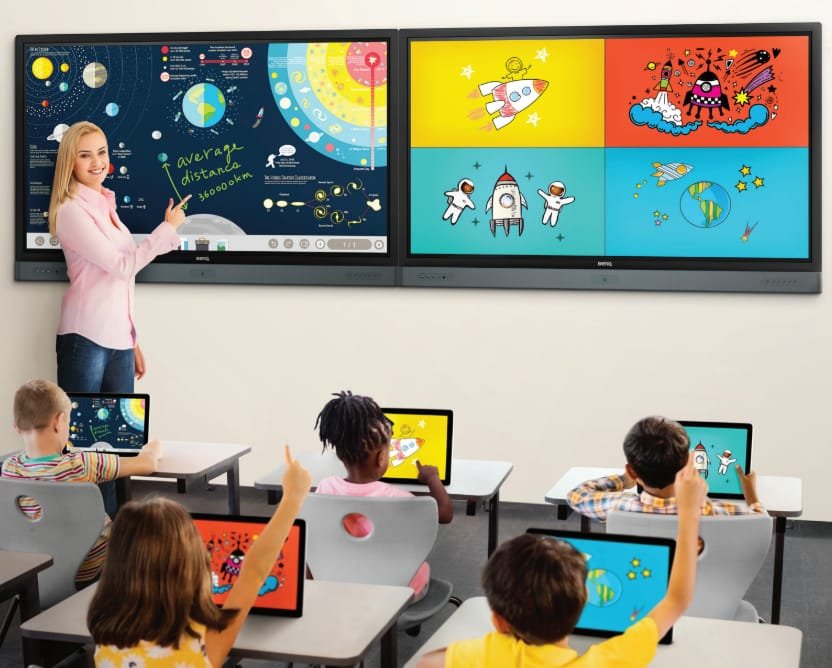
The 5G Internet can bring about a revolution in education by providing equal access and by overcoming the hurdles, where the learners being molded in this era will turn into innovators of the future.
